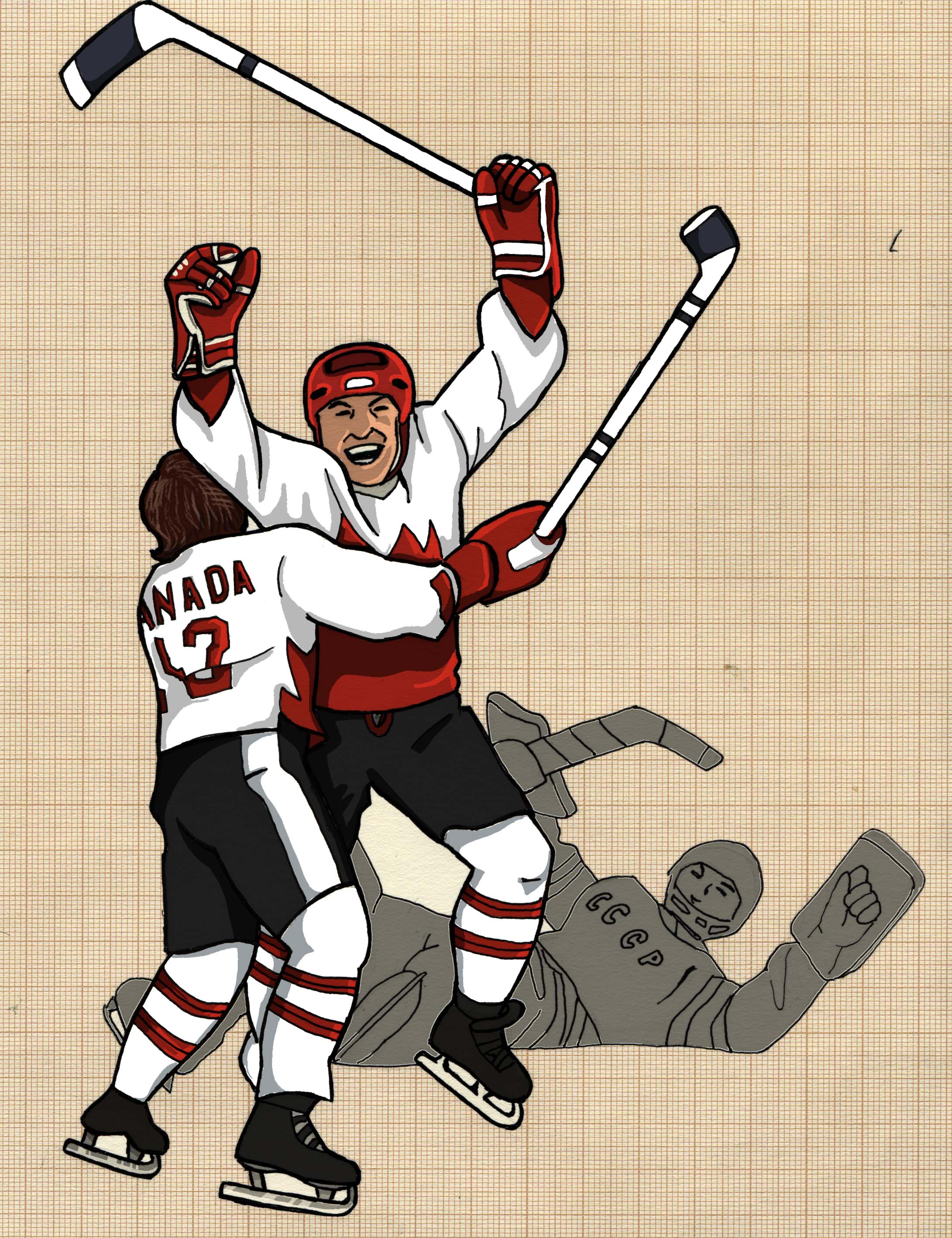Mexico is the land of incredibly beautiful women, gorgeous and charming men, and exotic Latin dances. There is an exotic beauty to the country’s culture. Yet, to truly know a culture, one must understand its history. What historical events occurred to set the stage for the creation of the Mexico’s current political infrastructure?
In 1910, a revolution began in order to overthrow President Porfirio Díaz’s 30-year dictatorship. Díaz was 80 years old at the time of the elections, and he had consistently returned to power through rigging the elections.
Díaz rigged elections at all levels of government and dealt with press criticism with coercion and bribery. He set up policies that encouraged U.S. and British foreign investors in Mexico to the detriment of local industries. The land policy of Díaz was also controversial in Mexico as his policies encouraged much of Mexico’s land being controlled by a small and elite minority. Díaz’s regime also allowed non-natives to take property from the communal land holdings of Mexico’s indigenous populations. Under Díaz’s regime, political authorities used the police and sometimes even the army to suppress union activities. Díaz was planned to be “reelected” again in 1910.
Díaz was “running against” Francisco Madero, a member of a wealthy family from the northern Mexican state of Coahuila. At first, Díaz welcomed Madero’s candidacy as a risk-free competitor who could give the election a democratic appearance. However, Madero came to be seen as a leader for the anti-Díaz forces in the country, and Díaz had him imprisoned until the presidential elections were finished. After Díaz had won the election, he released Madero, who fled Mexico to San Antonio, Texas, plotting revolution.
Madero wrote the Plan of San Luis Potosí (San Luis Potosí being the city where he was jailed), which stated his plans for the revolution. While Madero did call for free and democratic elections, he did not support the urban workers’ cause with regards to seeking higher wages and better working conditions, or the indigenous people’s cause with regards to the restoration of their ancestral lands. Madero was essentially looking to start a political revolution, not a social and political revolution. Yet, in spite of the solely political nature of Madero’s plan, he became a rallying point for poor working class Mexicans, who believed that under Madero’s government there would be broad social and economic reforms.
Numerous rebellions were held in Madero’s name in Mexico before he returned to the country. The most important of these were led by Emiliano Zapata in southern Mexico and Pascual Orozco and Francisco “Pancha” Villa in the north. Zapata was a strong advocate for land reform and the giving of land to indigenous peoples and other peasant farmers by breaking up large estates and ranches, and his recruits were mainly indigenous peoples. Villa’s recruits were armed cowboys and ranch foremen, who attacked federal forces and the railroad connection in the northern state of Chihuahua.
Madero returned to Mexico in February 1911 in order to resume nominal leadership of the rebel forces. Díaz realized that the end of his presidency had arrived and agreed to resign before the end of May. At the end of his presidency, Díaz went into exile in Europe. Madero was elected as President of Mexico.
As President, Madero was caught between the radical leftists demanding change and the conservatives of the country. Madero’s cautious attitude towards land reform angered Zapata to such extent that Zapata revolted and created his own plan, the Plan of Ayala, which called for the immediate transfer of land to peasant farmers. Pascual Orozco also launched a serious revolt in March 1912, feeling he had not been adequately rewarded for helping Madero come into power. Generals Bernardo Reyes and Felix Díaz, Mexico’s former president’s nephew, who were both supporters of the former president’s regime, also revolted against Madero.
Madero was eventually overthrown by Reyes and General Felix Díaz. General Victoriano Huerta, who had also been a general under Díaz’s presidency, was supposed to be part of the forces defending the Madero government, but instead he was named as provisional president until new elections could be held.
However, under Huerta’s regime, more revolts were found throughout the country. Zapata again led a revolt in the south, as he did not believe Huerta would support indigenous land reform issues. Three leaders from the North formed an (uneasy) coalition to overthrow Huerta: Álvaro Obregón of Sonora, Pancho Villa of Chihuahua, and Venustiano Carranza of Coahuila. Carranza was the leader of this coalition, and they were called the “Constitutionalists” as they desired a legal, constitutional approach to solving the country’s problems. Huerta also had an enemy in the United States, who disapproved of the way Huerta came to power. The Americans supplied arms to the revolutionaries in Mexico, and eventually, the Constitutional forces were able to force Huerta to resign in July 1914 and Carranza came into power.
This period of Mexican history was extremely bloody as various revolutionary factions fought all over the county. Eventually Carranza subdued them along with the help of his general, Obregón. Carranza’s government created the 1917 Mexican Constitution, which asserted the concept of the “social function” of property, requiring that private property be used in a manner that benefited society as a whole. The Constitution claimed national ownership of subsoil resources (i.e petroleum) and promised a program of land distribution. The Constitution placed a number of restrictions on the Catholic Church with regards to land holding, the operation of primary schools, and the rights of the clergy in the country. For the working population, it recognized the principles of unionization. There were also restrictions on foreigners’ ability to own land in the country.
Carranza did not enforce the constitution practically and its purpose was more to appease the revolutionary ranks. When Obregón decided to run for presidency in 1920, Carranza tried to prevent it but was killed by Obregón supporters. However, through Carranza’s death, Obregón’s presidency finally began a more peaceful period of Mexican history.




